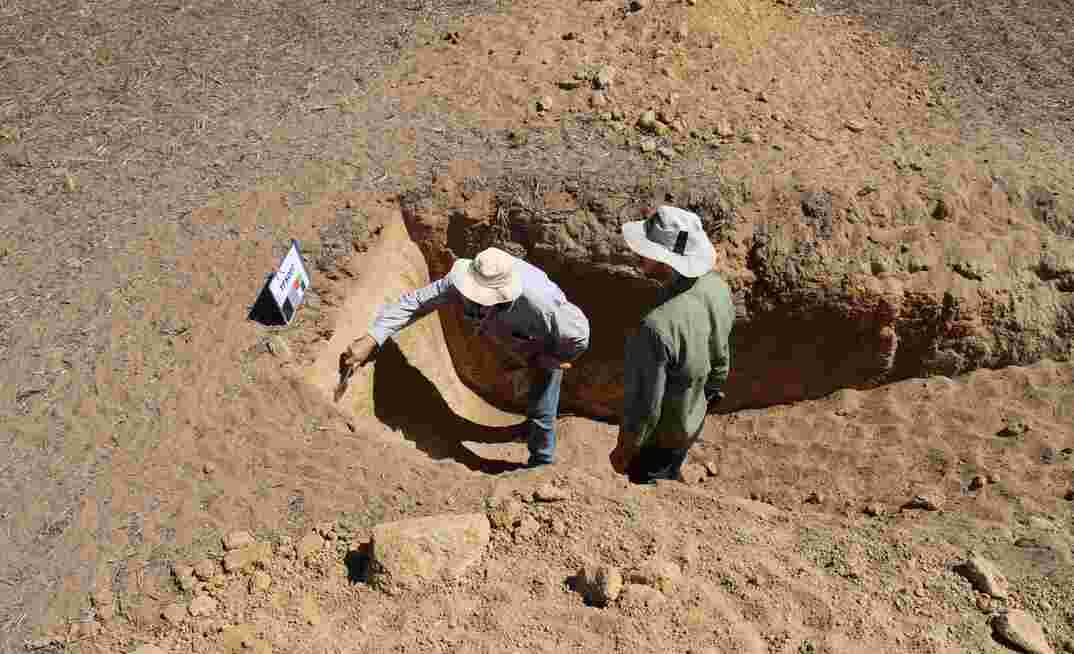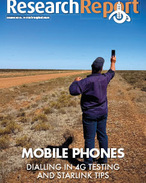AN estimated 6.4 million hectares of Western Australia's agricultural soils are at risk of wind erosion - costing farmers more than $70 million per year in lost production and management costs. A new research project aims to change that by assisting landholders in achieving 50 per cent ground coverage all year round to reduce the wind erosion risk, via tailored solutions to suit their business.
Led by the Department of Primary Industries and Regional Development (DPIRD), the five-year "Sustainable solutions for sandy soils – a collaborative approach to transformational change" project is being funded from the Commonwealth Government Future Drought Fund's Resilient Landscapes program. DPIRD is partnering with the West Midlands Group and the Mingenew-Irwin Group to establish several demonstration sites and peer learning groups, which will share strategies that can be applied in local areas to improve landscape resilience.
DPIRD senior research scientist, Geoff Moore, said a number of options were available to help landholders increase groundcover and build long term landscape resilience.
"The project team will be working on the ground with landholders to explore how a combination of options could fit their business," he said.
YOU MIGHT ALSO LIKE
"Options include soil amelioration practices, such as deep ripping, rotary spading, soil inversion ploughing and topsoil claying, as well as incorporating amendments like compost, manure, biochar or lime.
"There are also a number of improved annual or perennial pasture combinations, including fodder shrubs now available that can be used with rotational grazing and cattle backgrounding to increase productivity and stabilise the soil.
"Producers will be supported to explore and successfully adopt a combination of practices that address the specific issues on their farm."
A network of soil monitoring sites will be established to inform the development of decision support tools to monitor soil health. The project will also be supported by satellite imagery analysis and the potential to develop this technology into tools for on-farm decision making will be investigated.
Moore said improving groundcover would not only reduce the erosion risk, but would also generate wide-ranging benefits to soil health and business profitability.
"Research has shown there are clear links between increased groundcover and biomass and improvements to soil health, climate resilience and farm productivity," he said.
"While this project aims to improve resilience over 126,000 hectares of vulnerable land, it will serve as a model for more broad adoption across WA's 12.7 million hectares of farmland."
Mingenew Irwin Group chief executive officer, Dee McKeown, said the project would provide the tools and knowledge to help participants improve climate and business resilience.
"A combination of a drying climate, more variable seasonal conditions and fragile sandy soils has reduced both landscape and business resilience over the past few decades," McKeown said.
"This practical project, integrating a range of techniques into holistic farming systems tailored to local conditions, will give participants the skills, knowhow and confidence to adopt strategies that benefit their soils and business margins."
























